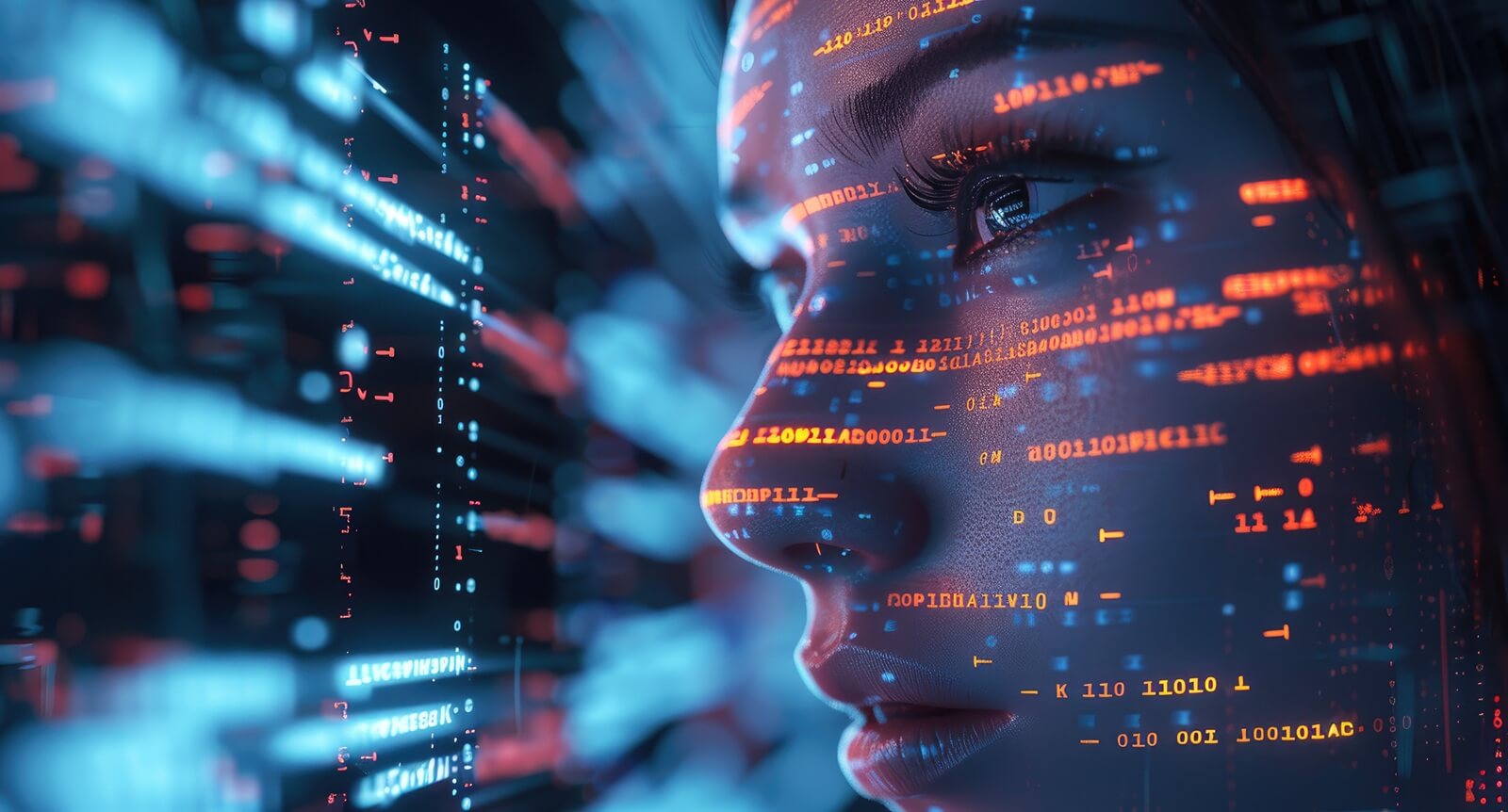Rendering has always been one of the most computationally demanding and time-intensive tasks in architecture, engineering, and 3D visualization. From photorealistic interiors and exterior perspectives to complex environmental simulations and lighting studies, the rendering process defines how designs are communicated, reviewed, and approved. Yet the industry’s conventional rendering workflows continue to strain under the weight of increasingly detailed models, ambitious timelines, and the demand for higher-resolution deliverables.
In this evolving landscape, AI rendering tools are transforming how architects and visualization experts generate imagery, not merely accelerating the rendering process but redefining the entire lifecycle of visual production. The shift is monumental because rendering is no longer a passive, linear output; it has become an iterative, intelligent workflow capable of predicting, adjusting, optimizing, and producing. The result is a new generation of visual experiences delivered with unprecedented speed and precision.
This transformation is especially relevant for firms that operate across distributed teams, hybrid environments, and complex BIM-driven ecosystems. High-fidelity rendering is no longer limited to powerful local workstations or specialized render farms. With AI acceleration, models can be rendered rapidly, revised continuously, and delivered seamlessly — regardless of where team members are located or how intensive their computational needs may be.
Stealth Technology Group supports this evolution by providing GPU-optimized AI hosting, allowing architecture and visualization firms to reduce render times by up to 70 percent while maintaining or even improving photorealistic quality. By integrating cloud-level power, compression intelligence, and deep-learning optimization frameworks, Stealth positions design teams to move beyond traditional constraints and embrace continuous visualization as an integrated part of the design process.

1. The Rendering Bottleneck: Why Traditional Workflows Fall Short
Rendering has historically been the single greatest bottleneck in the visualization pipeline. Even firms with high-end workstations face persistent limitations, as architectural models continue to grow in complexity and realism becomes an ever-increasing expectation. Global illumination, volumetric lighting, physically accurate material reflections, subsurface scattering, shadow refinement, and multi-layered textures consume vast computational resources. As a result, rendering tasks often interrupt design momentum, forcing teams to pause creative development while they wait for imagery to compile.
This issue becomes acute in larger firms, where multiple designers execute simultaneous render tasks, overwhelming workstation resources and disrupting project schedules. Additionally, distributed teams or remote employees frequently lack the hardware resources necessary for efficient rendering, causing delays that ripple across the entire production pipeline. These accumulated inefficiencies reduce output, impede creative iteration, and limit the firm’s ability to deliver compelling visuals under demanding deadlines.
Modern rendering engines increasingly depend on advanced ray tracing, neural sampling, and GPU parallelization, yet many local systems remain unable to execute this pipeline efficiently. The gap widens further as rendering evolves into multidimensional formats, including cinematic walkthroughs, generative compositions, and immersive visual storytelling. In this rapidly evolving landscape, firms relying on legacy processes face significant competitive disadvantages.
2. AI Rendering Tools: A New Paradigm for Visualization (LIST #1)
AI rendering tools redefine visualization by enhancing both speed and quality in ways that conventional render engines cannot replicate. These systems leverage deep-learning algorithms, neural denoisers, and predictive sampling engines to understand lighting, material behavior, surface topography, and environmental context. The result is a rendering workflow that is not only faster but also inherently more intelligent.
Key capabilities include:
- Neural Denoising Engines: AI denoisers analyze partially rendered images and reconstruct clean, photorealistic frames long before traditional sampling would complete. This significantly reduces the required render time without compromising accuracy.
- Predictive Light Path Optimization: AI analyzes patterns in ray-traced lighting to determine which light paths will be most influential. It then allocates resources strategically, reducing unnecessary computations.
- Intelligent Upscaling: Super-resolution AI renders images at lower initial resolutions before enhancing them to final output quality with minimal loss of detail.
- Scene Understanding Models: AI interprets each element in a model — materials, lighting sources, objects, reflections — and adjusts sampling priorities accordingly.
- Adaptive Sampling: Machine-learning models learn where noise typically appears in architectural renders and automatically increase sampling precision only where needed.
These advancements dramatically reduce processing requirements and deliver consistently high-quality photorealistic results. Instead of relying on brute-force GPU power alone, AI transforms rendering into a cooperative, optimized process where intelligence drives performance.
3. The Role of AI Visualization Software in Creative Iteration
AI visualization software enhances the creative process by turning rendering into a continuous, iterative component of design rather than a separate and time-consuming step. Instead of waiting for rendering tasks to complete, designers can generate rapid previews, refine parameters, adjust lighting conditions, experiment with materials, and examine spatial relationships with immediate visual feedback.
This immediacy transforms conceptual development by enabling real-time visualization during meetings, workshops, or client presentations. A designer can modify materials, adjust sunlight angles, or introduce new structural elements while the rendering engine updates the output in near real time. This capability significantly improves client engagement, accelerates approvals, and supports more collaborative decision-making.
Moreover, AI visualization software improves quality by learning from prior data. If the system observes recurring design patterns — such as specific lighting temperatures, reflectance values, or textural preferences — it begins to optimize outputs automatically. As a result, consistency improves across design teams, reducing the risk of visual inconsistencies or mismatched styles across large architectural projects.
In environmental modeling, AI engines enhance realism by analyzing how materials behave under varying environmental conditions. Snow textures, reflections, rainfall diffusion, and nighttime illumination can be simulated with heightened accuracy through machine-learned physics and predictive rendering models. These capabilities elevate visualization from a presentational tool to a robust analytical platform.

4. How AI Enables Fast Rendering Architecture
AI-driven rendering architecture shifts firms from static workflows to dynamic computing ecosystems capable of scaling with project demand. The integration of intelligent load distribution, automated scene optimization, neural sampling, and predictive GPU scheduling ensures that rendering remains fast even under intensive workloads.
AI analyzes the rendering pipeline, optimizes resource allocation, and identifies bottlenecks automatically. For example, if the system detects that a scene includes high-density vegetation, complex reflections, or multi-layered glass, it reconfigures settings to maximize efficiency without sacrificing quality. This adaptability allows firms to render models that were previously considered too complex for timely production.
Furthermore, AI-supported architecture facilitates seamless switching between local compute power and cloud-based GPU acceleration. When local systems reach maximum capacity, AI load-balancers redirect tasks to cloud nodes, ensuring continuous performance regardless of workload. This prevents delays during peak design phases and enables studios to meet demanding timelines even with constrained hardware.
The future of fast rendering architecture lies in the fusion of cloud infrastructure, adaptive intelligence, and distributed GPU scaling — all of which Stealth Technology Group enables through its GPU-optimized AI hosting ecosystem.
5. Stealth’s GPU-Optimized Rendering Framework (LIST #2)
Stealth Technology Group delivers a highly specialized rendering environment engineered for architectural visualization, photogrammetry, simulation, VFX workflows, and high-density 3D modeling. Its infrastructure leverages AI orchestration to guarantee speed, stability, and performance under intensive rendering loads.
Key advantages include:
- Predictive Resource Allocation: Stealth’s AI load engines predict rendering demands based on scene complexity, allocating GPU and memory resources intelligently.
- Neural Rendering Acceleration: Integrated deep-learning tools enhance frame quality and accelerate sampling across multiple rendering engines.
- Distributed GPU Scaling: Stealth enables rendering workloads to expand across cloud-connected GPU clusters, preventing bottlenecks during peak production.
- 24/7 Optimized Performance: Real-time monitoring ensures that render nodes remain stable, updated, and fully optimized, even during overnight batches.
- Architectural Workflow Compatibility: The platform supports engines including V-Ray, Enscape, Lumion, Octane, Redshift, Twinmotion, Unreal, Corona, and others.
The result is a rendering environment capable of achieving reductions in render time between 50 percent and 70 percent, enabling faster iterations, improved visual fidelity, and greater overall capacity for creative execution across architectural firms.
6. AI Rendering as a Competitive Advantage for Architecture Firms
AI-driven rendering workflows are no longer optional for firms seeking competitive relevance. With higher client expectations and faster project cycles, rendering speed and quality influence win rates directly. When firms deliver visuals rapidly, revise models instantly, and present immersive visuals without delays, they gain measurable advantages in client communication, stakeholder approval, and design validation.
Firms that deploy AI rendering tools develop a reputation for clarity, precision, and efficiency. They can explore multiple design concepts simultaneously, test variations with greater agility, and deliver consistent visual narratives that align with brand identity. AI-powered rendering also enhances marketing capacity by enabling firms to produce cinematic walkthroughs, interactive scenes, and promotional visuals with significantly reduced effort.
In large-scale projects, fast rendering architecture improves coordination by generating accurate visualizations during collaborative sessions with engineers, consultants, sustainability teams, and fabricators. Instead of iterating blindly, teams can evaluate outcomes visually, creating a more integrated design process with fewer errors.
Stealth’s infrastructure ensures that firms gain these advantages without redesigning workflows or investing in costly hardware refresh cycles. Its AI-accelerated ecosystem provides power that scales as firms grow, creating long-term competitive differentiation.
![]()
Summary
Architecture is entering a new era — one defined not simply by artistic vision but by intelligence, speed, and data-driven precision. AI-powered rendering has transformed visualization from a slow, isolated task into a dynamic, continuous component of the design process. Firms can now iterate faster, improve photorealistic quality, and eliminate hardware limitations through intelligent, GPU-optimized performance.
Stealth Technology Group enables this evolution with an AI-accelerated rendering infrastructure that adapts instantly to project complexity, distributes workloads intelligently, and delivers measurable productivity gains. By combining predictive analytics, neural rendering acceleration, and scalable cloud GPU resources, Stealth gives architects and modelers the freedom to explore ideas without waiting for systems to catch up.
If your firm is ready to elevate visualization capabilities, accelerate workflows, and operate with true data-driven efficiency, Stealth provides the expertise, infrastructure, and onboarding programs to make that transformation effortless.
To begin your upgrade, call (617) 903-5559 or contact us to learn more about the AI Visualization Accelerator — a dedicated program designed to modernize rendering performance for forward-thinking design teams.



